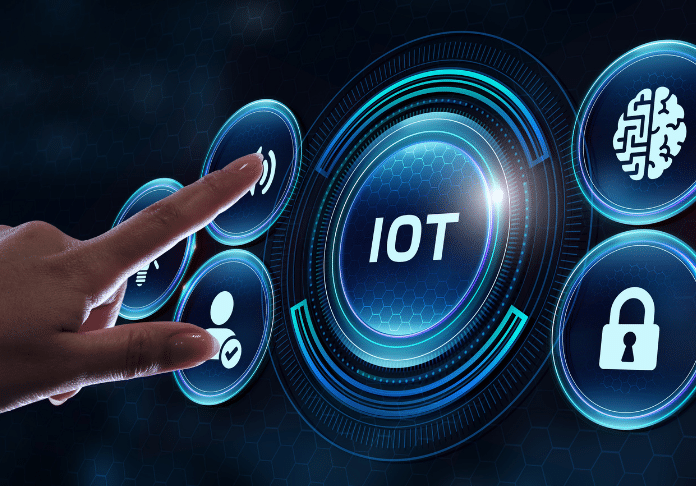
The Internet of Things (IoT) is a system where devices are connected and equipped with sensors, software, and technologies to gather and share data via the internet.This revolutionary concept has reshaped industries and everyday life, promising increased efficiency, convenience, and insights into our environments.
Core Concepts of IoT
Connected Devices: IoT includes devices like smart thermostats, fitness trackers, and sensors in machines. These devices share data with central systems or other devices for monitoring and control.
Data Collection and Analysis: IoT devices use sensors to gather data on things like the environment, user actions, or machine performance. This data is analyzed to find helpful insights, improve how things work, and help make decisions.
Connectivity: IoT needs strong internet connections. Technologies like Wi-Fi, Bluetooth, Zigbee, and cellular networks help devices communicate safely and quickly with each other and with central systems or the cloud.
Applications of IoT
IoT technology has found applications across various sectors:
Smart Homes: Devices like smart thermostats, lights, and security cameras let you control your home from afar. They make your home more comfortable, save energy, and increase security.
Healthcare: Wearable devices and medical equipment connected to the internet monitor your health continuously. They help doctors care for patients remotely, predict when medical equipment needs maintenance, and make healthcare more efficient.
Transportation: Vehicles with internet connections track how much fuel they use, how well the engine works, and how people drive. This information helps companies manage their vehicles, plan better routes, and make transportation more efficient.
Smart Cities: Internet-connected devices manage city services like traffic, waste disposal, energy use, and safety. This makes cities cleaner, safer, and more efficient.
Industrial IoT (IIoT): Factories use internet-connected devices to predict when machines need maintenance, monitor production in real-time, and improve how products get made. This reduces how often things stop working and makes factories more productive.
Challenges and Considerations
While IoT offers numerous benefits, several challenges need to be addressed:
Security Concerns: IoT devices can be vulnerable to cyberattacks because they are connected and have different security levels. It’s important to have strong cybersecurity measures to protect data and stop unauthorized access.
Privacy Issues: IoT devices collect a lot of data, which raises worries about user privacy. We need clear rules and laws to keep personal information safe and make sure data use is fair.
Interoperability: IoT devices from different brands may not work well together. Standard rules are being made to help them communicate better and work together smoothly.
Scalability: With more and more devices connecting to the internet, it’s important to manage them well so they keep working properly and stay reliable.
Future Outlook
The Internet of Things is advancing with better connections, AI, and edge computing. Future changes might bring smarter IoT systems that can make quick decisions on their own, changing industries and society.
Conclusion
In summary, IoT is changing how devices work together and improve functions in many areas. Despite challenges, its ability to innovate and simplify tasks makes IoT a key part of today’s technology.


